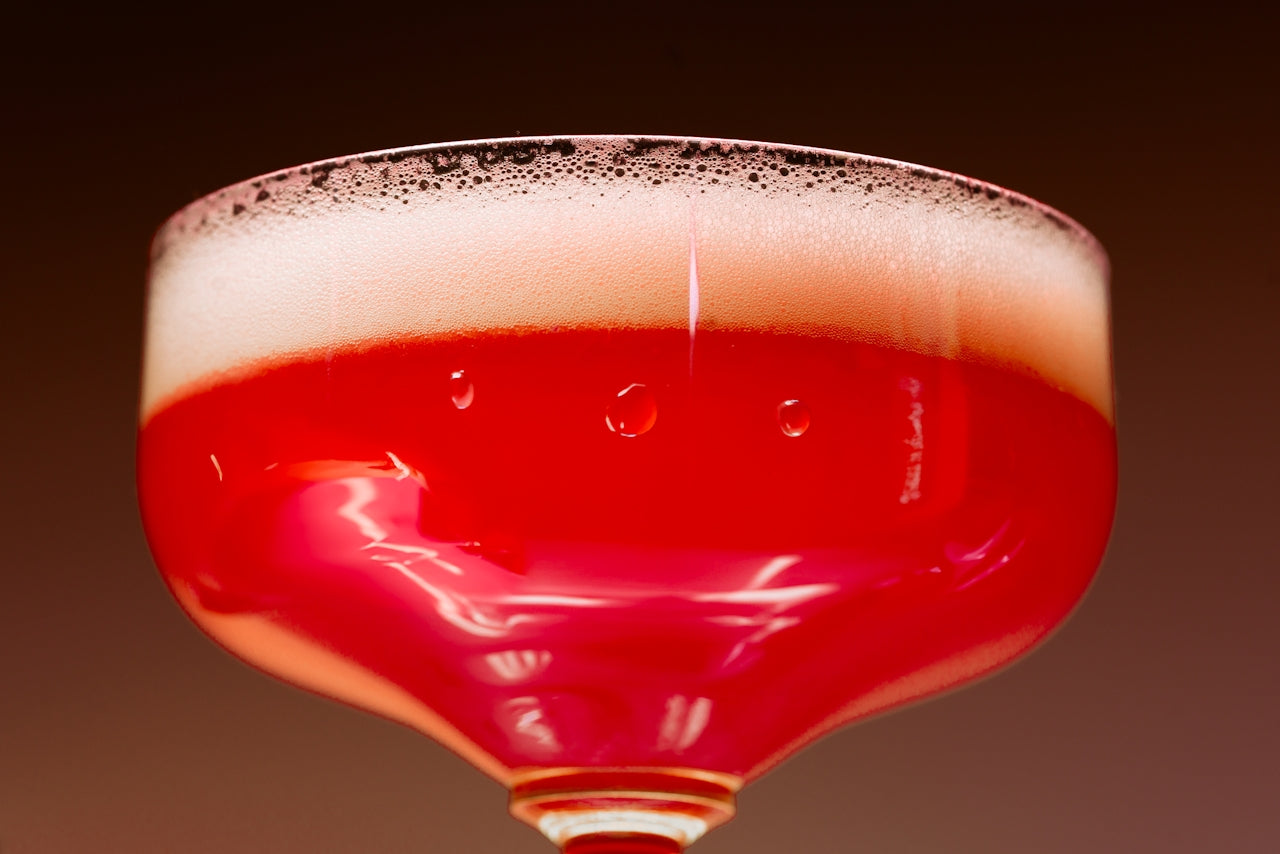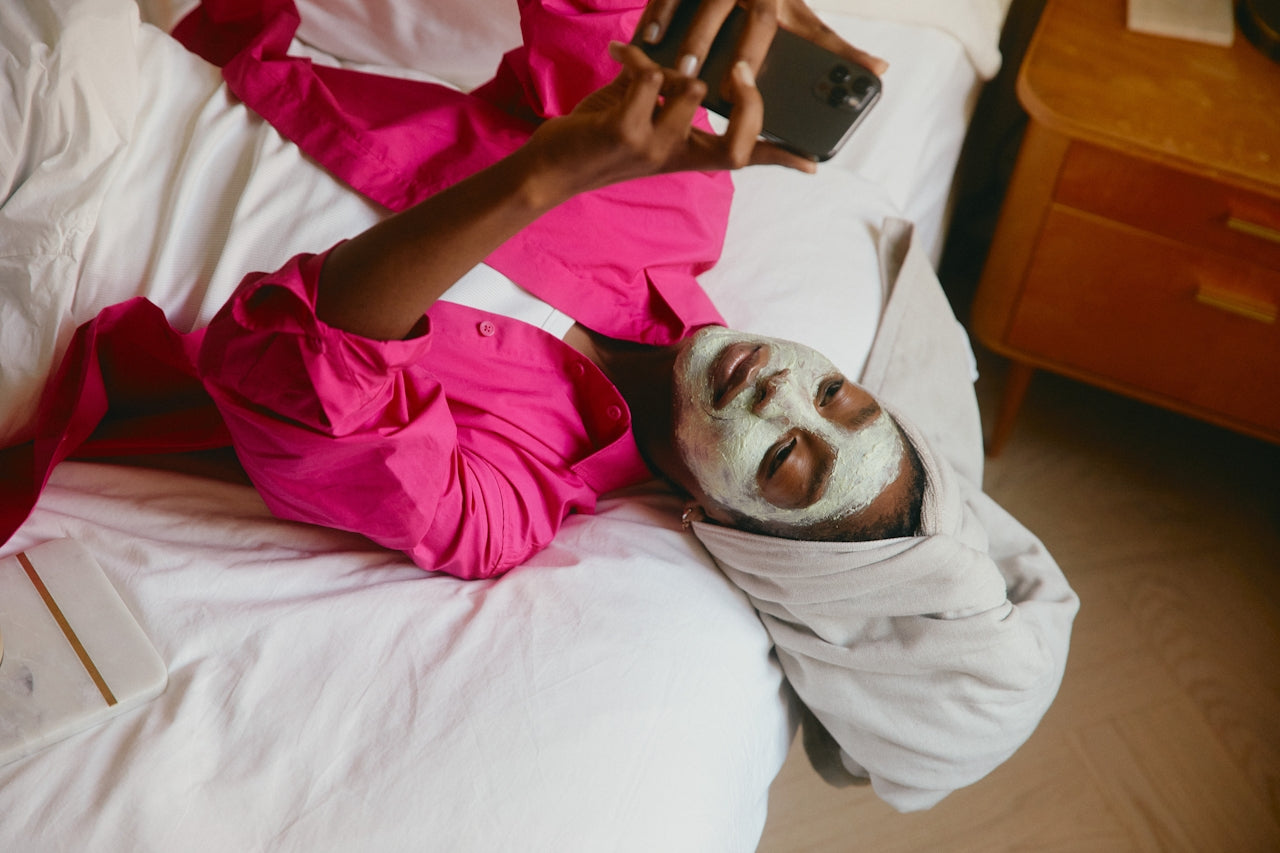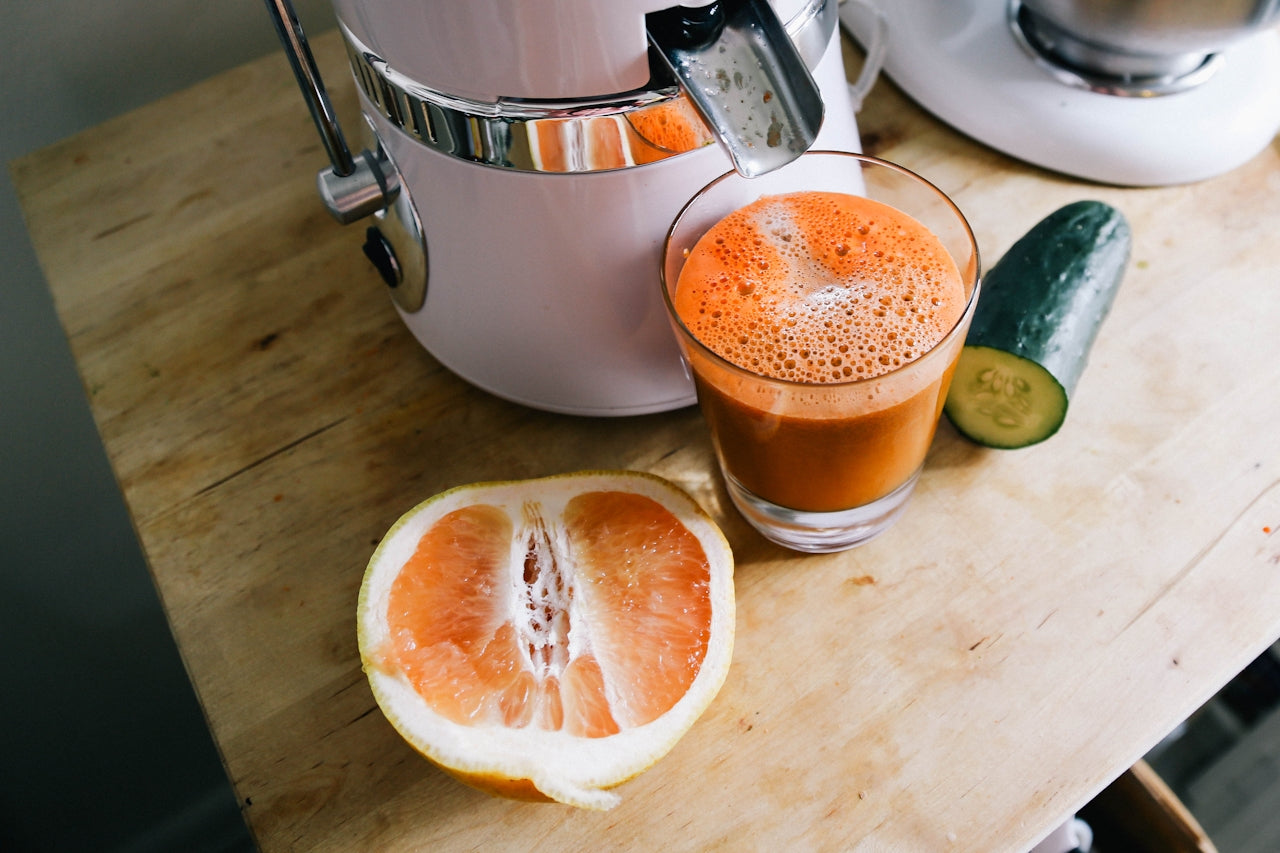For decades, the stereotype of university life has revolved around late nights, cheap drinks, and weekend pub crawls. But recent trends suggest that this image is changing — dramatically. Across the UK, US, and beyond, students are drinking less than previous generations and seeking alternative ways to socialize, relax, and unwind. From quiet nights in to immersive wellness experiences like sound baths, the culture of student social life is evolving.
Alcohol on the Decline
Multiple studies show that alcohol consumption among young people is steadily decreasing. In the UK, the Office for National Statistics reports that 18–24-year-olds are drinking less frequently than in previous years. In the U.S., surveys suggest alcohol consumption among young adults has fallen to a near 90-year low.
Factors contributing to this decline include:
-
Health awareness: Young people today are more conscious of the long-term effects of alcohol on mental health, sleep, and fitness.
-
Financial pressures: Rising tuition fees and living costs mean many students choose to save money rather than spend it on nights out.
-
Shifting social norms: Sobriety or reduced drinking is increasingly accepted, making it easier for students to pursue alternatives.
Why Wellness is Winning
Students aren’t just abstaining from alcohol — they’re actively seeking experiences that support well-being:
-
Sound Baths and Meditation: Guided meditations, sound baths, and yoga promote relaxation, reduce stress, and offer community without alcohol’s negative effects.
-
Creative & Social Alternatives: Board games, movie nights, creative workshops, and café meet-ups offer connection and fun without drinking.
-
Sober Social Events: Universities are now offering alcohol-free parties, mocktail bars, and sober housing options to meet growing demand.
The Benefits of Swapping Nights Out
Choosing wellness and sober activities over heavy drinking brings clear benefits:
-
Better sleep & energy: No hangovers mean more consistent study schedules and active lifestyles.
-
Improved mental health: Reduced alcohol intake can decrease anxiety and depression symptoms.
-
Financial savings: Less money spent on nights out allows funds for essentials or hobbies.
-
Healthier social habits: Friendships form around shared interests rather than drinking.
What This Means for Universities
The decline in student drinking signals a shift in campus culture. Universities are responding by:
-
Offering wellness-focused events
-
Providing alcohol-free social spaces
-
Educating students on responsible drinking and mental health
This shift demonstrates that socializing doesn’t need to revolve around alcohol — students are embracing a healthier, intentional approach to downtime.
Bottom Line
Mandatory nights out and heavy drinking are becoming less central to student life. Students today are prioritizing health, mindfulness, and meaningful social connections over late-night pints. Whether it’s a sound bath, yoga class, or relaxed evening with friends, the new student experience shows that fun doesn’t need to come with a hangover.
References
Office for National Statistics (2023) Adult drinking habits in Great Britain: 2022. [Online] Available at: https://www.ons.gov.uk/peoplepopulationandcommunity/healthandsocialcare/drugusealcoholandsmoking
Miech, R., Johnston, L., O’Malley, P. M., Bachman, J. G., & Schulenberg, J. (2022) Monitoring the Future national survey results on drug use 1975–2021: Volume II, College students and adults ages 19–60. Ann Arbor: Institute for Social Research.
Rehm, J., et al. (2021) ‘Global trends in alcohol consumption among young adults: A systematic review’, The Lancet Public Health, 6(7), pp. e512–e523.
Australian Government Department of Health (2022) National Drug Strategy Household Survey: Key findings 2021. Canberra: Australian Government.
Kemper, K. J., & Shannon, S. (2020) ‘Wellness trends in higher education: A review of student health and mindfulness programs’, Journal of American College Health, 68(7), pp. 723–731.




